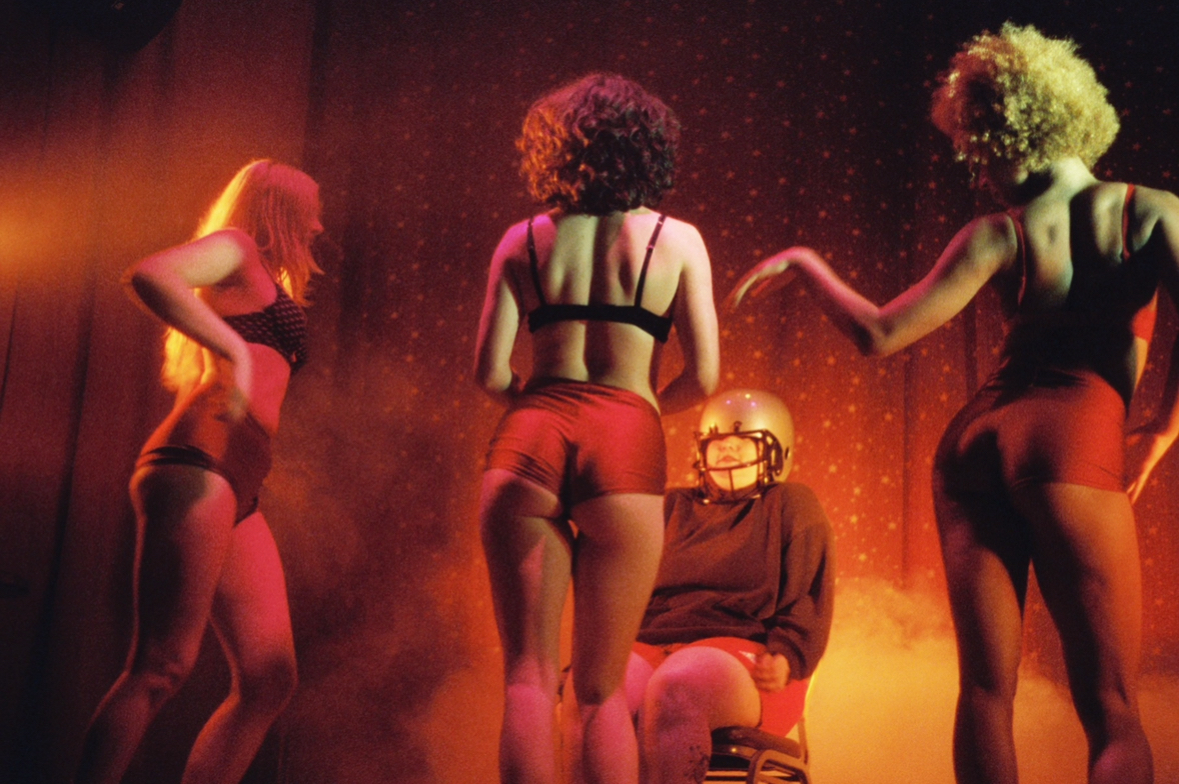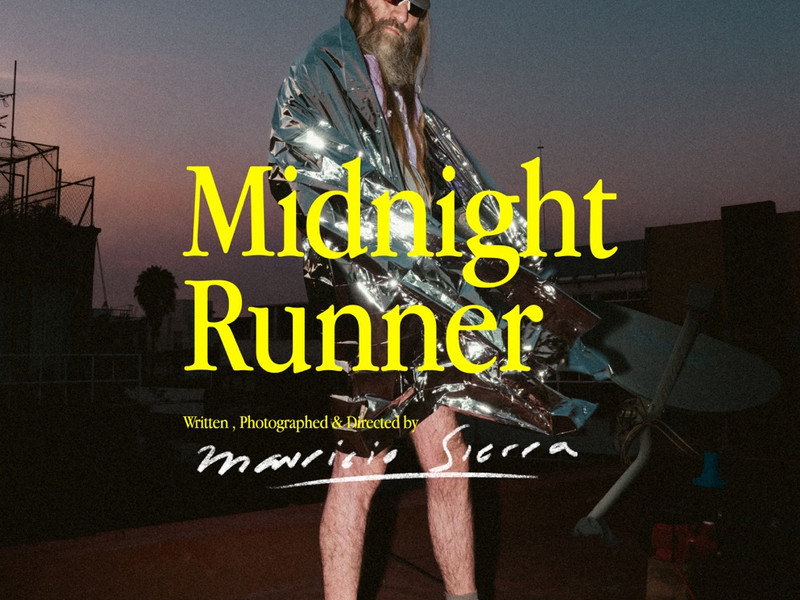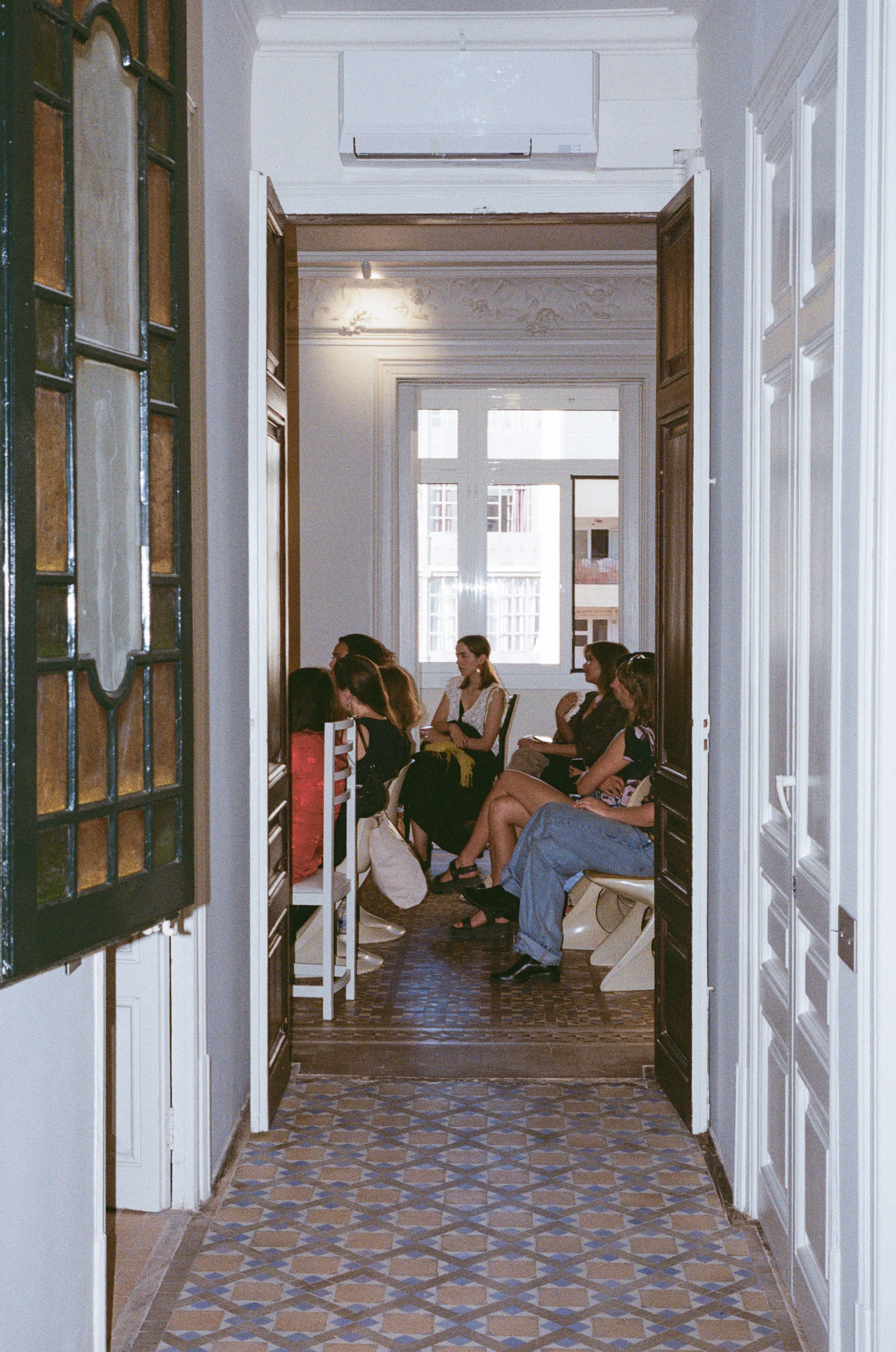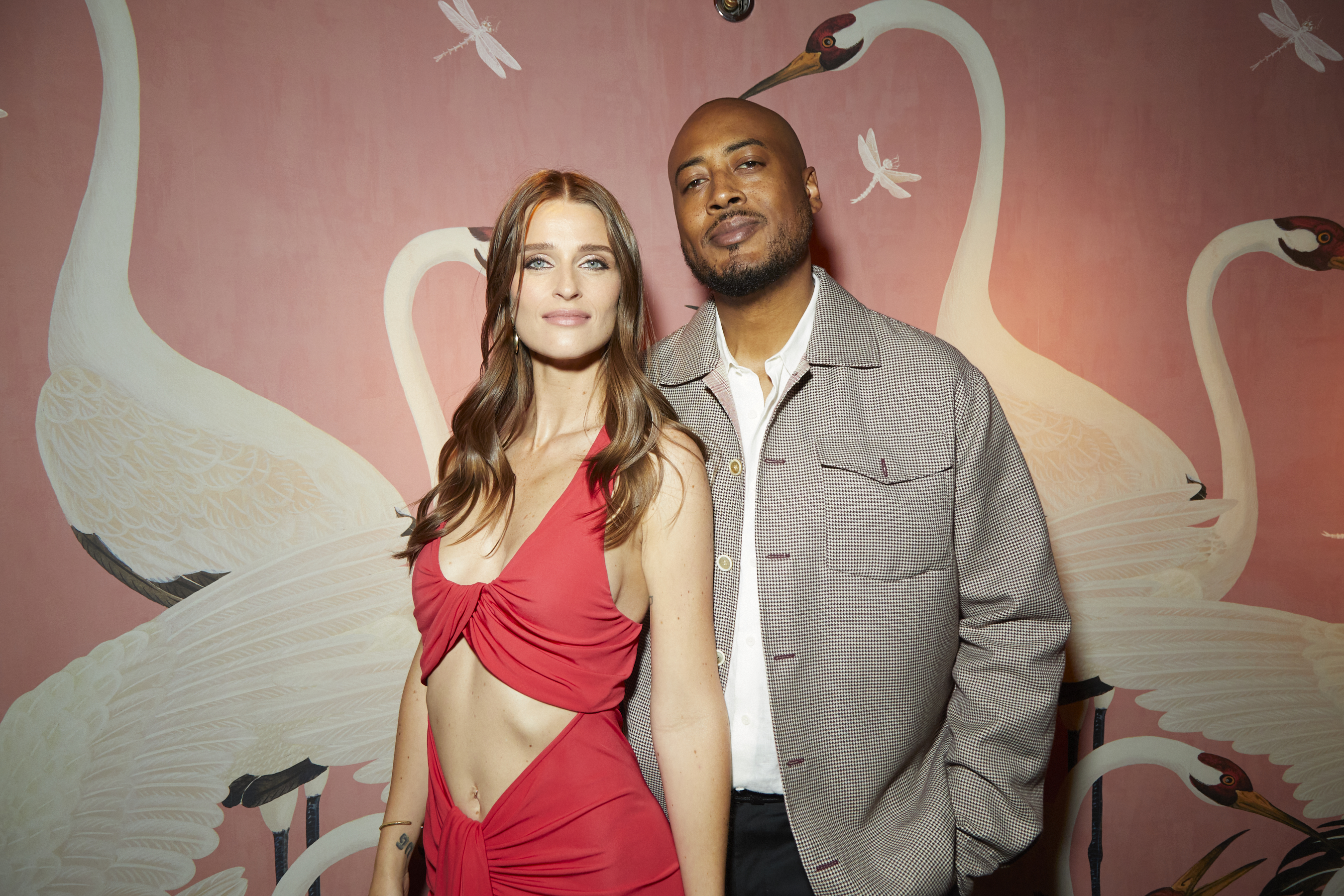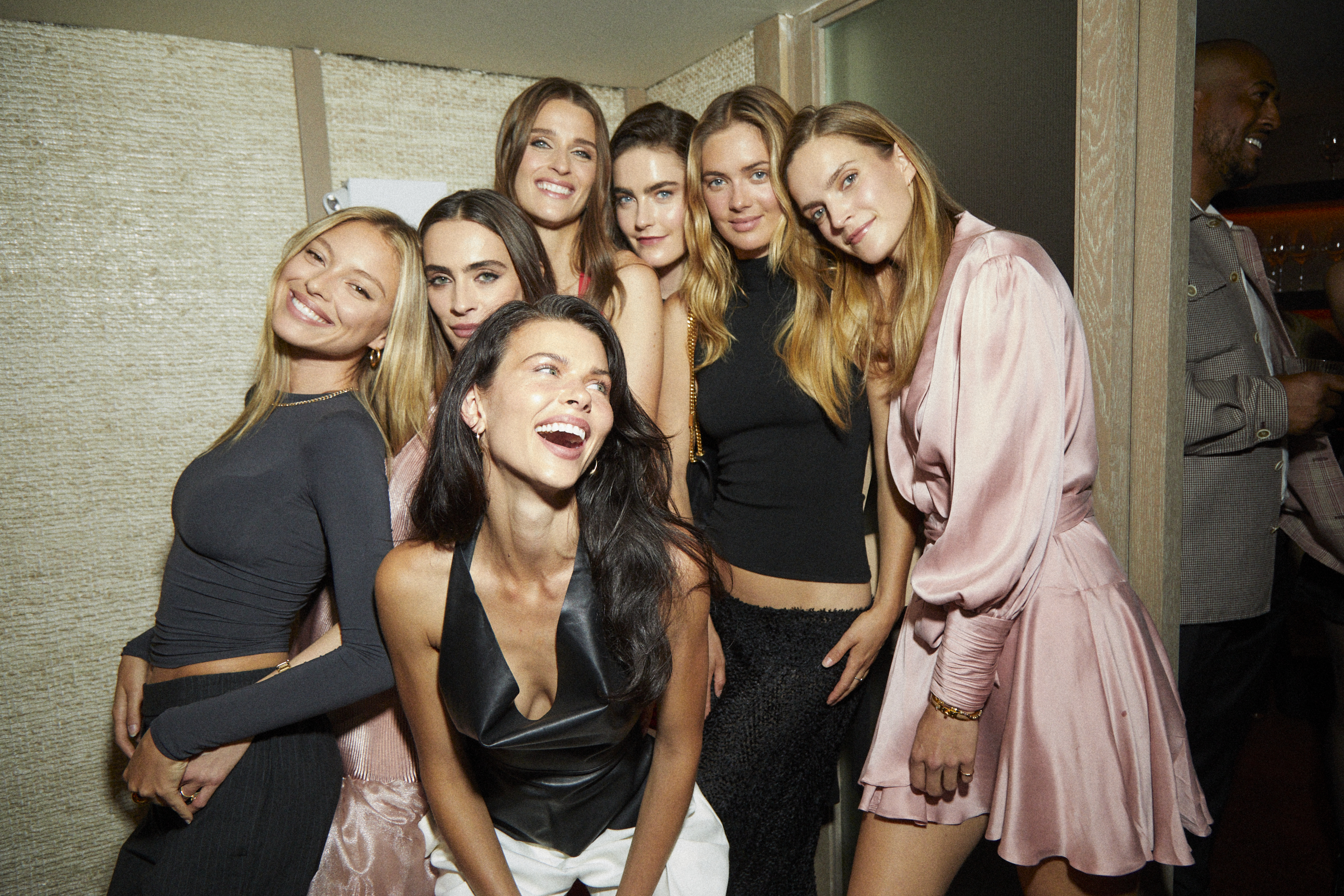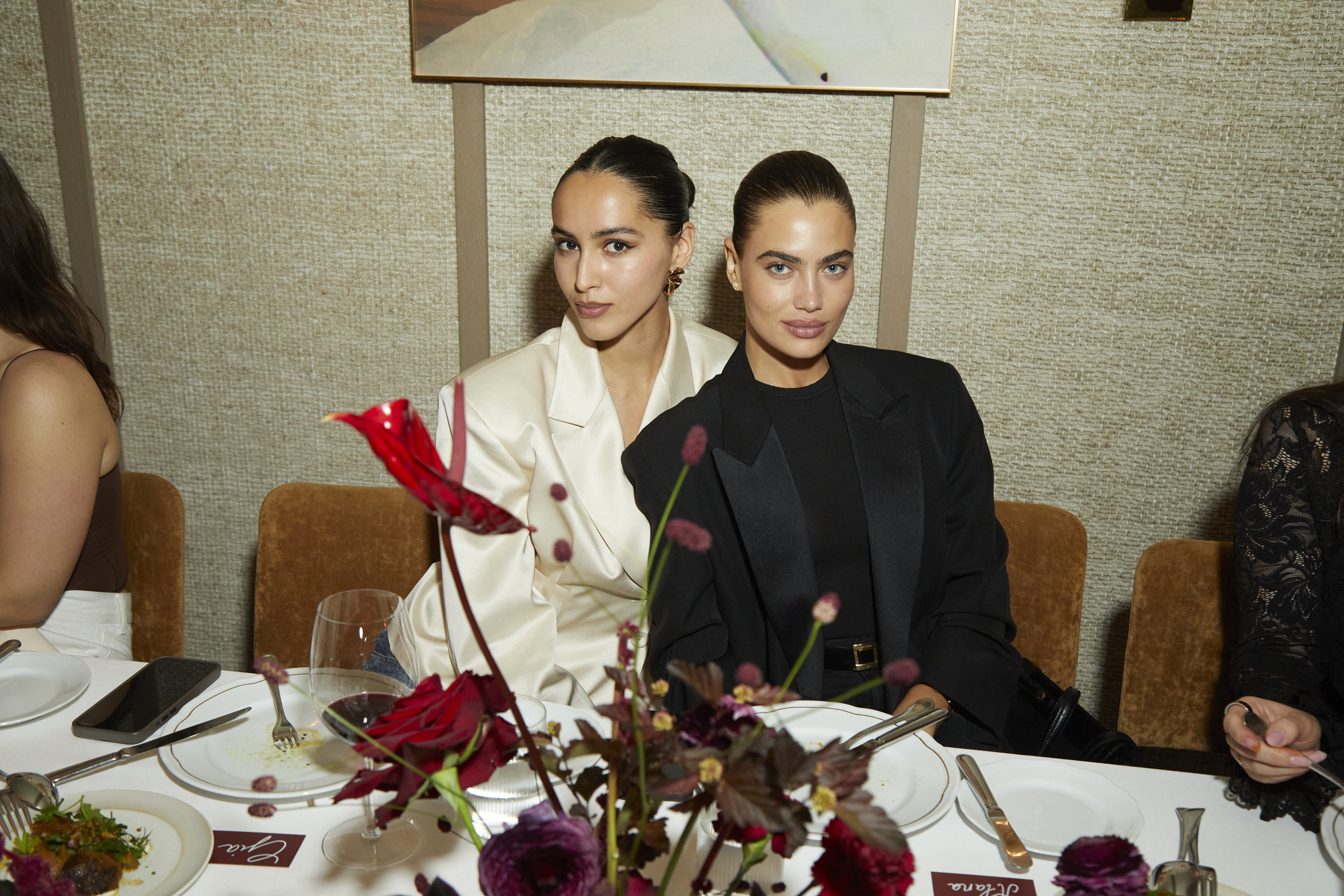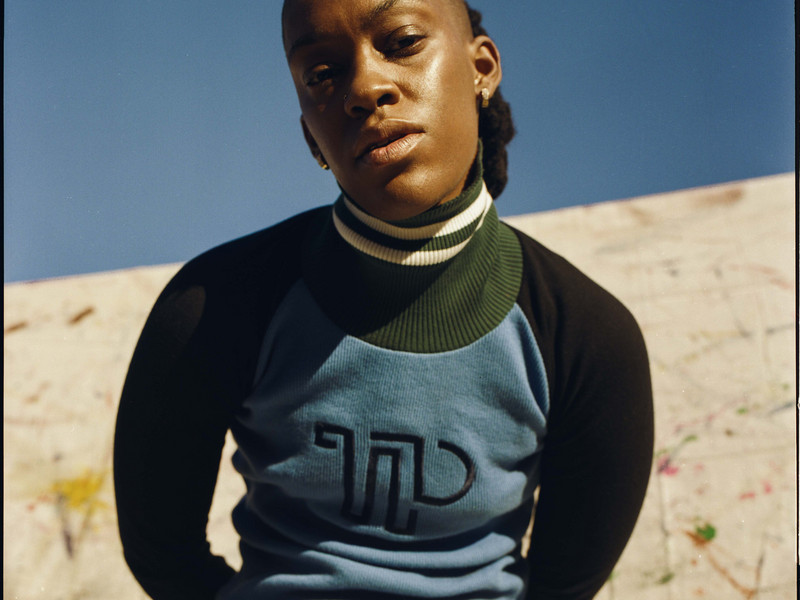Abu Blunt, Fashion Fragmented

Exploring the changing culture of the East as it waxes and wanes with incoming Western influences has been vital in how the designer developed each piece. Abu has found fashion, specifically sportswear, as a forum that transcends our distance, allowing us to better understand the fragmentation of a community, by way of fabric. His latest collection, “Fragment 2” concentrates his concept and presents us with sportswear focused specifically on those who came to Russia from North and South Africa.


How do you think the clothing industry provides the right platform for the values and cultural issues you are hoping to turn into a more active conversation and movement?
I think people and clothing will only get only closer in the future. New technologies and materials make an impact on our daily lives. We see the new opportunities and simultaneously garments become closer to us - it shows how clothing able to influence us. That’s why the clothing industry never will lose its attention and it always will be relevant platform for spreading the messages, different ideas and a way of communication.
How would you define the word ‘fragment’ in the context of your project?
...Living in Moscow I drew attention to how people of different cultures can be isolated from each other. Typically these East-West relations. I think this process taking place in every city in the world.
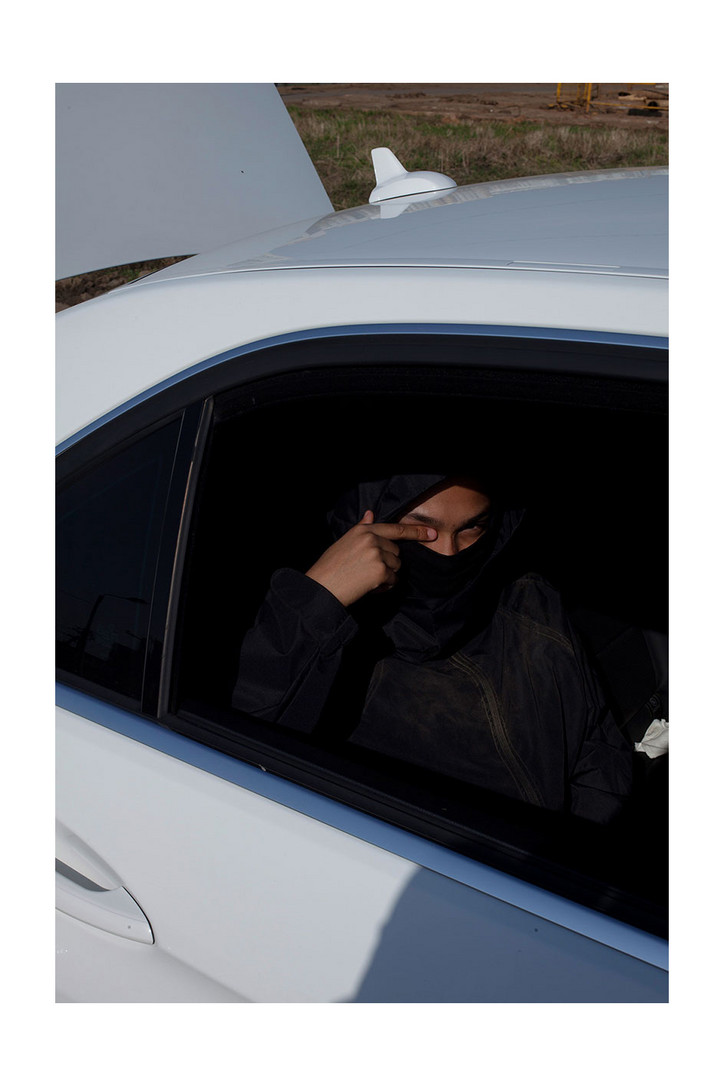

What are your thoughts on the controversy that comes up in regards to the fashion industry/ designers and “cultural appropriation”?
All depends on your approach. The exchange of knowledge, information and original elements of different cultures is an integral part of life. I speak about the dialogue between East and West. However, I’m against blurring the boundaries between them. I’m more interested in observing the rules and preserving the uniqueness of each person.
For example, before working on “Fragment 2”, I met with my friend - she was born and raised in Chechnya… She consulted me about how a muslim woman should look like in the editorial. First of all you need to learn the values of what you use in your work, before starting the process. It is simple respect.
What details do you see as identifying the unique qualities and attributes of the East, and the West, in your line?
In terms of the communities socially, ethnically? Speaking of our shooting the image of muslim woman [was] based on two words— modesty and inaccessibility. Her appearance corresponds her inner world. The body of the muslim woman should be fully covered except hands and face. However, I’m not afraid to use to use bright colors, prints and non-standard fits. I try to find the balance point. It is like an experiment.


Do you have specific designers that have influenced your work?
I got inspiration from the designers, that have original concept, they have strong foundation and understanding why they do it. Such people are not affected by trends. In today’s fast fashion times it is very important, that such people still exist - it keeps the balance… Nevertheless, I don’t try to be somebody else.
Where is your favorite place in Moscow?
Nothing comes to mind. I love my house and supermarket nearby.






